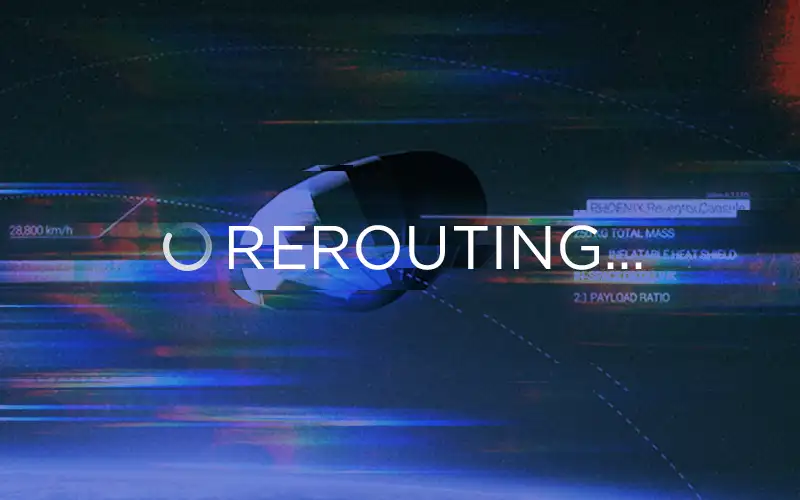
Germany’s ATMOS Space Cargo has secured €1 million in new funding as the company prepares for the launch of its re-entry capsule demonstration mission.
Founded in 2021, ATMOS is developing a returnable in-orbit research platform called PHOENIX. The platform will be capable of carrying up to 100 kilograms to low Earth orbit for missions lasting up to three months. It will then return to Earth, deploying an inflatable heat shield, which will decelerate the vehicle and ensure it can survive the rigours of re-entry.
On 17 April, ATMOS Space Cargo announced that it had secured a €1 million investment from Stuttgart-based venture capital firm Mätch VC. According to the company, the new funding will go toward scaling its reusable capsule technology and developing its upgraded PHOENIX 2 capsule.
“ATMOS exemplifies what we look for: bold teams building key technologies for Europe’s future competitiveness,” said Mätch VC Partner Alina Biermann. “Access to space logistics is not optional – it’s foundational for future industrial growth.”
The latest investment comes just two months after the company announced it had received €13.1 million from the European Commission’s EIC Accelerator Programme. In addition to its funding success, ATMOS is preparing for the launch of its PHOENIX 1 prototype, which will be carried to orbit aboard a SpaceX Falcon 9 as part of the Bandwagon-3 mission. The flight is expected to take place in the early hours of 22 April.
While the PHOENIX 1 prototype is designed to remain intact following re-entry, it will not be recovered. Initially, the company had planned to utilise a network of ground stations to enable a critical downlink of key data collected during the re-entry phase of the mission. However, because the capsule will be deployed from the Falcon 9 upper stage after its deorbit burn, and because it lacks the ability to deorbit itself, its re-entry trajectory is determined by SpaceX.
Late last week, the ATMOS team announced that SpaceX had updated the return trajectory, forcing the company to find an alternative plan for the downlink. ATMOS will now use a small chase plane to perform the data downlink mid-flight, shortly before the capsule splashes down approximately 2,000 km off the coast of Brazil.




